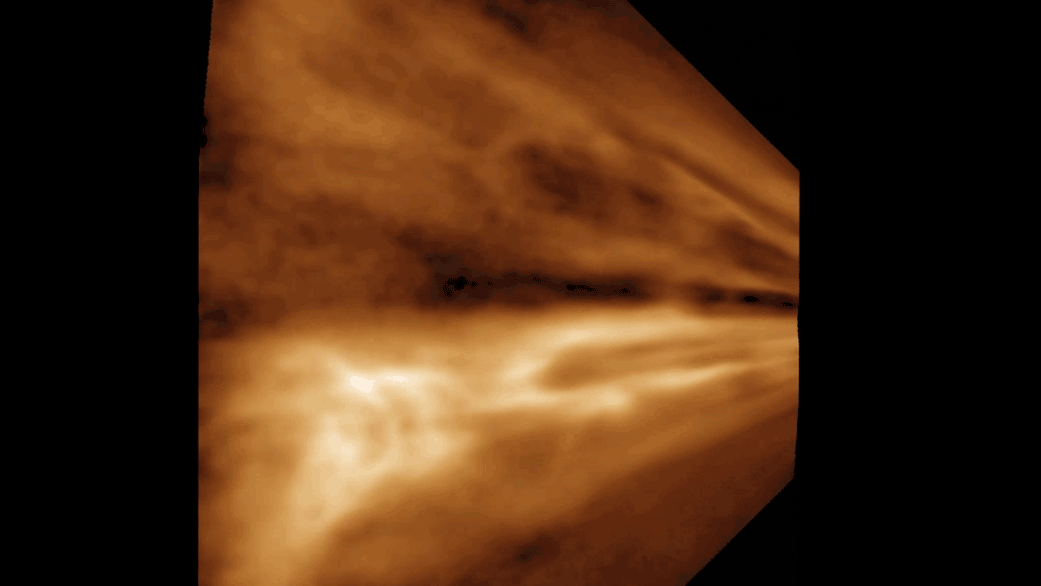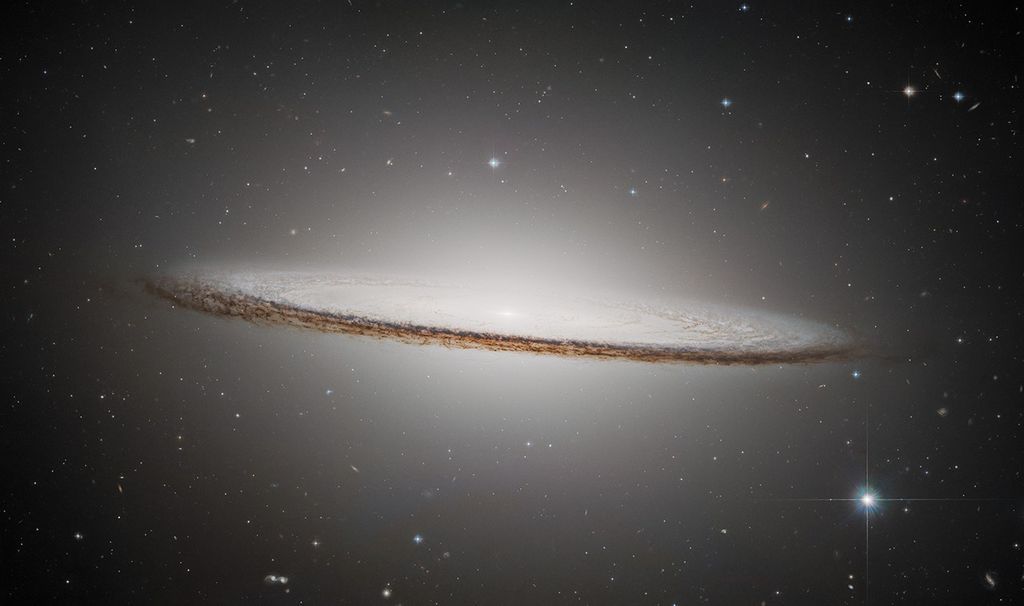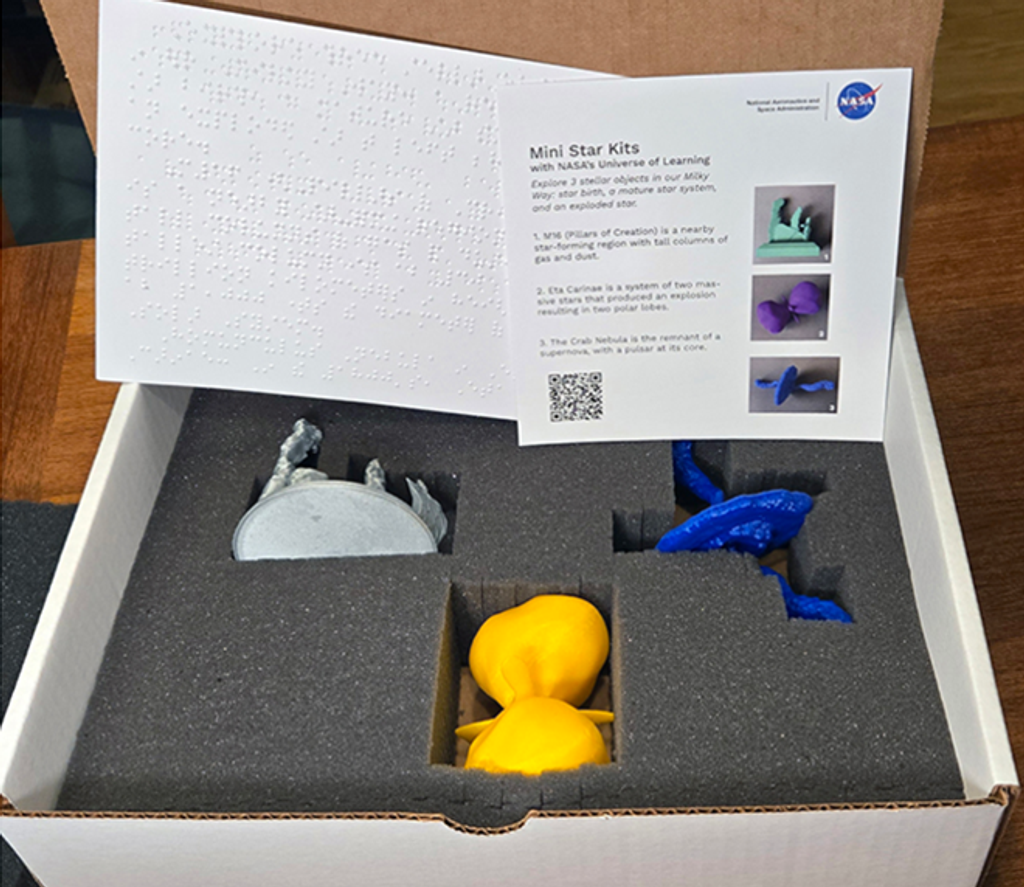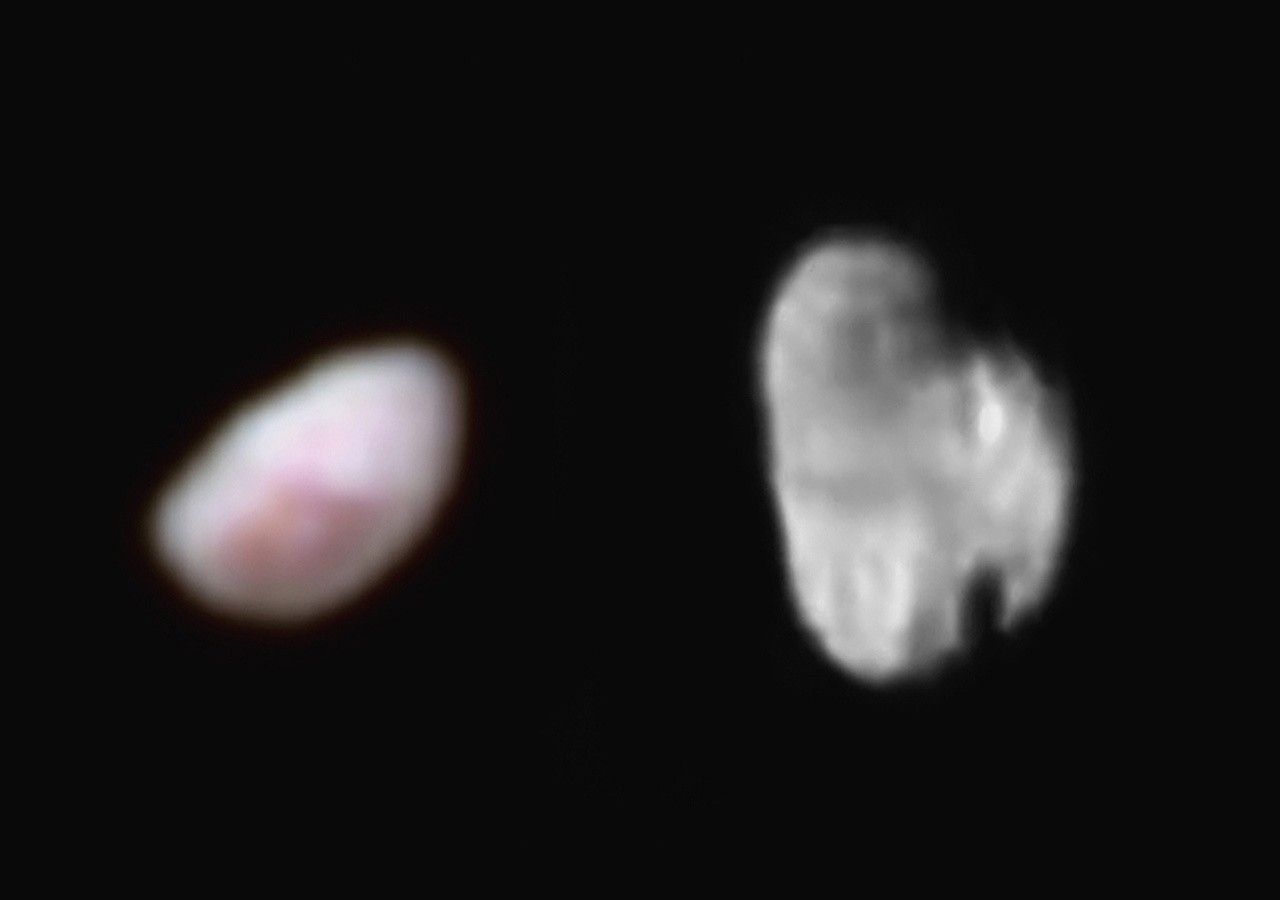Hydra
Overview
Hydra is the outer of the two moons discovered orbiting Pluto in 2005. Nix and Hydra are roughly 5,000 times fainter than Pluto and are about two to three times farther from Pluto than its large moon, Charon, which was discovered in 1978. Nix and Hydra are roughly 20 to 70 miles (32 to 113 km) wide.
They are so faint so small and so faint that scientists combined a short exposure of Pluto and Charon and a long exposure of Nix and Hydra to create images of them together.
Discovery
Hydra was discovered in June 2005 by Hal Weaver and a large team of astronomers using the Hubble Space Telescope.
How Hydra Got its Name
Hydra was named for the nine-headed serpent that Hercules fought in Greek and Roman mythology.

































